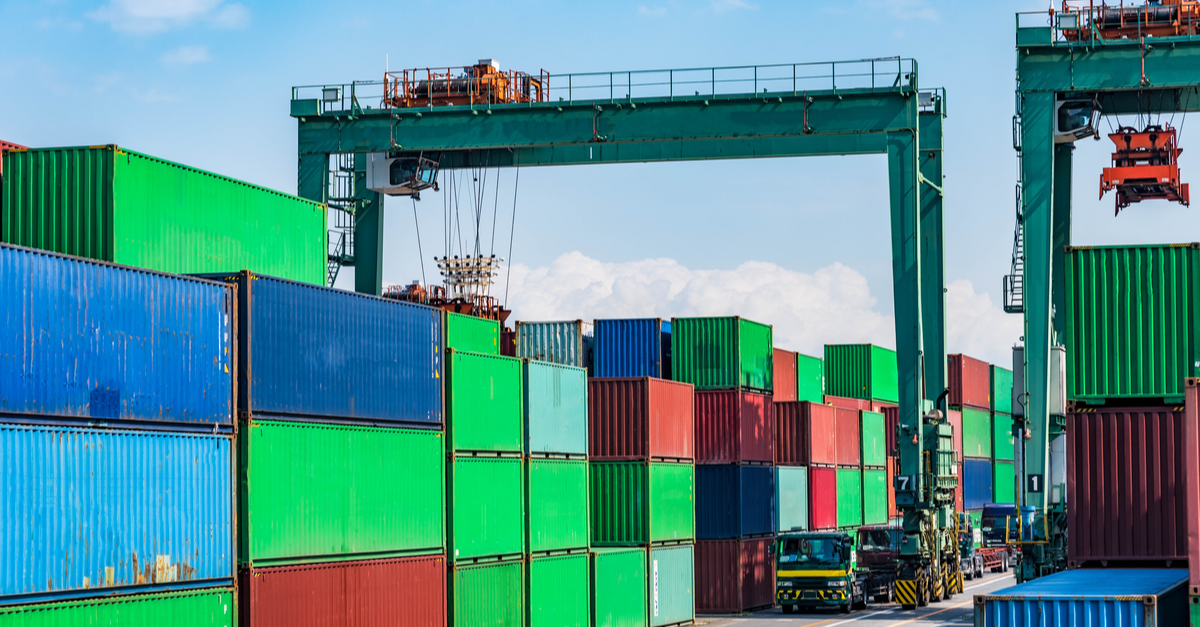International freight shipping is the movement of cargo across international borders. International shipping has distinct rules and regulations meant to guarantee the safety of exports and imports across the world. The two typical modes are air transport and ocean transport. Each of these methods has its own advantages and disadvantages. It is up to the freight owner to weigh various options and make an informed decision.
Although many people see freight shipping as a complex process, it often depends on your preparedness and the people you are working with. In this article, we’ll explain the basics on how to ship freight internationally.
Export haulage
The first part of international freight shipping is export haulage. This involves the movement of goods from the shipper to the premises of the forwarder.
In case the cargo is less than one container, there is often an export consolidation center where the goods are put together and moved using trucks together with the rail if necessary.
The forwarder can either hire his own staff to handle the goods or outsource the services to an agent. Handling of goods at the shipper’s warehouse is not considered part of the export movement process.
Export customs clearance
In every export that leaves one country, formalities at the customs must be completed to ensure that all regulatory requirements have been met. Certain criteria must be met and approved in order for your freight to leave that country.
Customs clearance is were a declaration is created and necessary paperwork submitted to relevant authorities. This process can only be handled by accredited companies with custom licenses.
Export customs clearance can only be conducted by a licensed freight forwarder or an agent working for a freight forwarder. The process can also be undertaken by a customs house broker working for a shipper.
Origin handling
Origin handling basically covers physical handling and inspection of goods from the time it is received from the original location until when they are loaded to containers. Although origin handling is usually done by the freight forwarder, it can also be sponsored by the consignee or shipper.
Ocean freight
If need be, the cargo is transported through the ocean up to the port of the country of destination. The shipping line and the freight forwarder have an agreement on the carriage of the container. In this case, the consignee or the shipper doesn’t have to directly interact with the shipping line. The cost of the ocean freight will be billed to the consignee or the shipper; however, there are several other charges within the industry.
Import custom clearance
Import custom clearance can even start before the shipment arrives at the country of destination. It is just a formality done to ensure that all the required documentation for the goods being transported has been checked and approved by customs officials.
Import customs clearance is normally carried out by an agent or freight forwarder. The entire import customs clearance process must be finished before the cargo leaves the bonded area in the destination country.
Handling of cargo at the destination
Just like the origin, there must be cargo handling at the destination prior to the goods being released to the consignee. In other words, destination handling involves the movement of the container from the ship to the shore and then to the port and later to the destination of the forwarder.
Import haulage
The final step of international shipping is the delivery of goods to the consignee. This last step can either be completed by a freight forwarder or a local transport company selected by the owner of the cargo.
Contact PortCity
Shipping freight internationally may sometimes appear to be hectic and expensive; however, the process can be made seamless if you plan early and hire experienced logistics companies. If you’re looking to ship internationally, contact our expert team at PortCity. Find more information today by speaking with one of our representatives today and get started on moving your shipment today.
